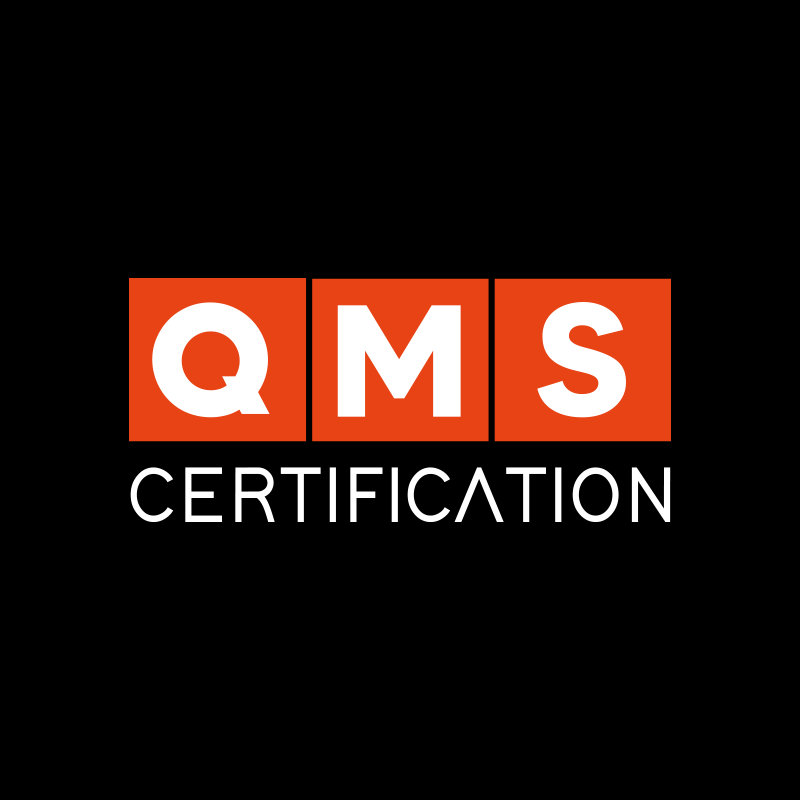Some mistakes in implementing ISO 9001 can be very costly for your company’s results. They can lead to various issues, such as failure to achieve certification, excessive bureaucracy, and even slower processes.
Another common problem is the rigidity of the management system, which also affects processes. This greatly hinders innovation and causes stagnation, leaving the company stuck in time. Therefore, paying attention to a proper implementation is the key to achieving better results and continuous improvement!
To do this, it is crucial to focus on knowledge and training while avoiding common pitfalls in ISO 9001 implementation projects. In today’s article, we discuss 3 major mistakes that can harm your Quality Management System (QMS) and prevent your company from achieving the desired results. Let’s dive into the content!
1st Mistake: Rushing Through the Initial Process Assessment
The implementation of ISO 9001 will bring organization, filling gaps that previously existed in the company. For example, many processes will have clearer roles and responsibilities defined. New controls will be created or updated to better analyze results. In some cases, you may even identify the need for documentation or process mapping that was previously missing.
However, these improvements can only be identified if a complete and thorough analysis of existing processes is conducted. If, during implementation, you focus solely on the standard’s requirements, you will likely overlook existing gaps, shortcomings, and problems.
Therefore, it is worth starting with comprehensive process mapping, which helps you understand your company and uncover nonconformities and areas for improvement. Using process mapping software can help you manage this effectively and facilitate updates more easily in the future.
Stay tuned for more insights on avoiding mistakes and achieving a successful ISO 9001 implementation!
2nd Mistake: Creating Unnecessary and Excessive Documentation
During the initial implementation of the system, it is common for people to interpret compliance with the standard’s requirements as “creating documents.” This issue worsens when professionals have little knowledge of ISO 9001 or quality management. When this happens, the result is a flood of new documents being created just to “pass the audit”—in other words, excessive bureaucracy!
Therefore, focus on the use and effectiveness of these documents and, more importantly, on the effectiveness of your company’s processes. It is natural for new documents to appear, but they must genuinely serve to improve processes rather than simply being presented to the auditor.
A great tip to avoid this problem is to involve the employees who will actually use these documents and ensure they align with what is being documented. At this point, employees will validate whether a given procedure, for example, is clear and truly useful for day-to-day process execution.
3rd Mistake: Disconnecting QMS Objectives from Your Company’s Strategic Planning
One of the biggest mistakes in implementing ISO 9001 is isolating this process from the company’s strategy. This often happens when companies make the two previous mistakes on this list.
The implementation of a QMS leads to critical definitions, such as the quality policy or quality objectives. When companies fail to analyze their processes or simply create documents to pass the audit, these definitions typically fail to support—or even contradict—the company’s strategic planning.
To avoid further errors in implementing ISO 9001, start by aligning the process with the company’s strategy. Develop documents, processes, procedures, policies, and objectives that help the company achieve its strategic goals.
When this alignment occurs, quality management will be far more welcomed by employees and will become a topic of constant discussion and debate within the organization.
Avoiding Mistakes in ISO 9001 Implementation Means Acting Strategically!
When considering the mistakes described here and ways to avoid them, we conclude that implementing ISO 9001 is a journey that requires strategic planning, full organizational engagement, and a sharp focus on details.
Avoiding these common mistakes ensures that the QMS becomes more than just a collection of documents and rules—it transforms into a driving force for the company’s sustainable growth and for all its stakeholders. A well-implemented QMS not only organizes processes but also transforms the company culture as a whole, promoting clearer responsibilities, engagement at all levels, and more consistent, compliant processes.
Therefore, when the system is carefully designed and consistently executed, the organization becomes more agile and prepared to face challenges. Continuous improvement is no longer just a theoretical concept; it translates into more efficient processes, reduced rework and waste, and the ability to anticipate and solve problems before they happen or become critical.
Implementing ISO 9001 should be viewed as an opportunity for evolution for the entire organization and not as a bureaucratic obligation. The standard is a powerful tool that, when properly utilized, becomes the foundation for building a solid, sustainable, competitive, and innovative future.
As with any major endeavor, success requires thorough planning, strong engagement, and, above all, a genuine commitment to excellence!










